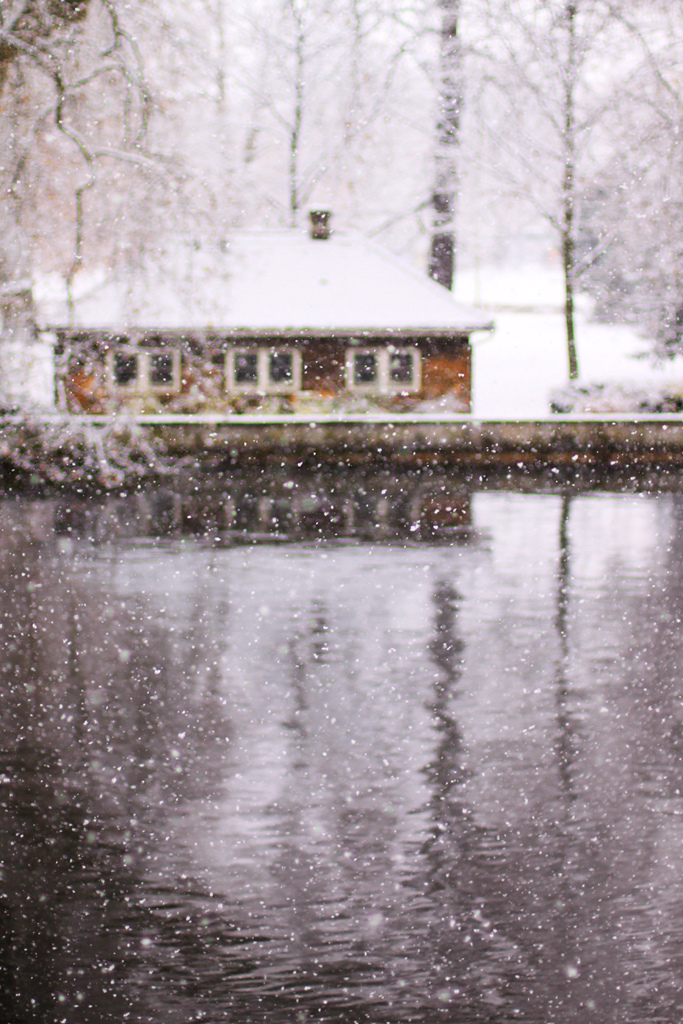Image Steganography is the process of hiding secret data in some image. In this post, we will hide one image inside another and convert it into another image and then extract back both the images from the previous image.
The idea behind image-based Steganography is very simple. Images are composed of digital data (pixels), which describes what’s inside the picture, usually the colors of all the pixels. Since we know every image is made up of pixels and every pixel contains 3-values (red, green, blue).
For example, suppose we have to hide img2 in img1, where both img1 and img2 are numpy nd array of pixel values. The size of img2 must be less than the size of img1. We are using color images, hence both will have 3 values (red, green, blue). Each pixel value varies from 0 to 255, so each pixel value is of 1 byte or 8 bits. Let img[i][j][l] be the pixel value at location (i, j) and of channel l where i varies from 0 to width and j varies from 0 to height and l varies from 0 to 2.
Note: The quality of the new images is a little bit less than the old images.
Encoding
Let img1[i][j][l] and img2[i][j][l] be some pixel value of each image. Let v1 be 8 bits binary representation of img1[i][j][l] and v2 be 8 bits binary representation of img2[i][j][l]. Therefore, v3=v1[:4]+v2[:4], where, v3 is the first 4 bits of v1 and v2. Then we assign img1[i][j][l] to v3.
Here img1 is the final image produced after encoding.
Decoding
Let img[i][j][l] be the pixel value of the image. Let v1 be 8 bits binary representation of img[i][j][l]. Let v2=v1[:4]+4 random bits and v3=v1[4:]+4 random bits. Then we assign img1[i][j][l] to v2 and img2[i][j][l] to v3.
Here img1 and img2 are the final images produced after decoding.
Implementation
Lets’ consider the images used are as follows:
Image 1
Image 2
We want to hide image2 in image1. Below is the implementation.
# Python program to demonstrate # image steganography using OpenCV import cv2 import numpy as np import random # Encryption function def encrypt(): # img1 and img2 are the # two input images img1 = cv2.imread('pic1.jpg') img2 = cv2.imread('pic2.jpg') for i in range(img2.shape[0]): for j in range(img2.shape[1]): for l in range(3): # v1 and v2 are 8-bit pixel values # of img1 and img2 respectively v1 = format(img1[i][j][l], '08b') v2 = format(img2[i][j][l], '08b') # Taking 4 MSBs of each image v3 = v1[:4] + v2[:4] img1[i][j][l]= int(v3, 2) cv2.imwrite('pic3in2.png', img1) # Decryption function def decrypt(): # Encrypted image img = cv2.imread('pic3in2.png') width = img.shape[0] height = img.shape[1] # img1 and img2 are two blank images img1 = np.zeros((width, height, 3), np.uint8) img2 = np.zeros((width, height, 3), np.uint8) for i in range(width): for j in range(height): for l in range(3): v1 = format(img[i][j][l], '08b') v2 = v1[:4] + chr(random.randint(0, 1)+48) * 4 v3 = v1[4:] + chr(random.randint(0, 1)+48) * 4 # Appending data to img1 and img2 img1[i][j][l]= int(v2, 2) img2[i][j][l]= int(v3, 2) # These are two images produced from # the encrypted image cv2.imwrite('pic2_re.png', img1) cv2.imwrite('pic3_re.png', img2) # Driver's code encrypt() decrypt() |
Output:
After Encryption:
After Decryption:
Image 1
Image 2









